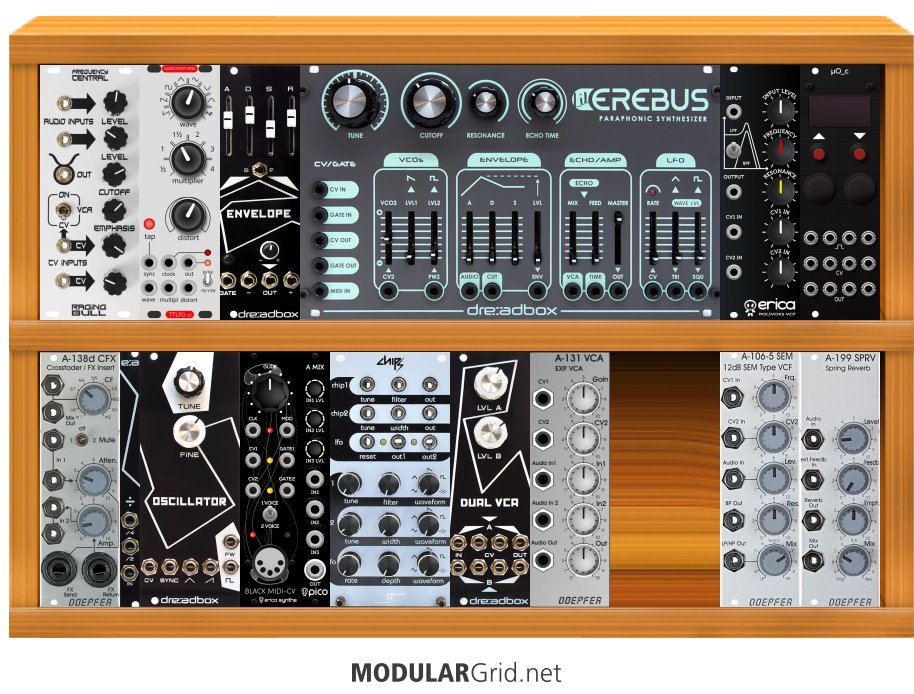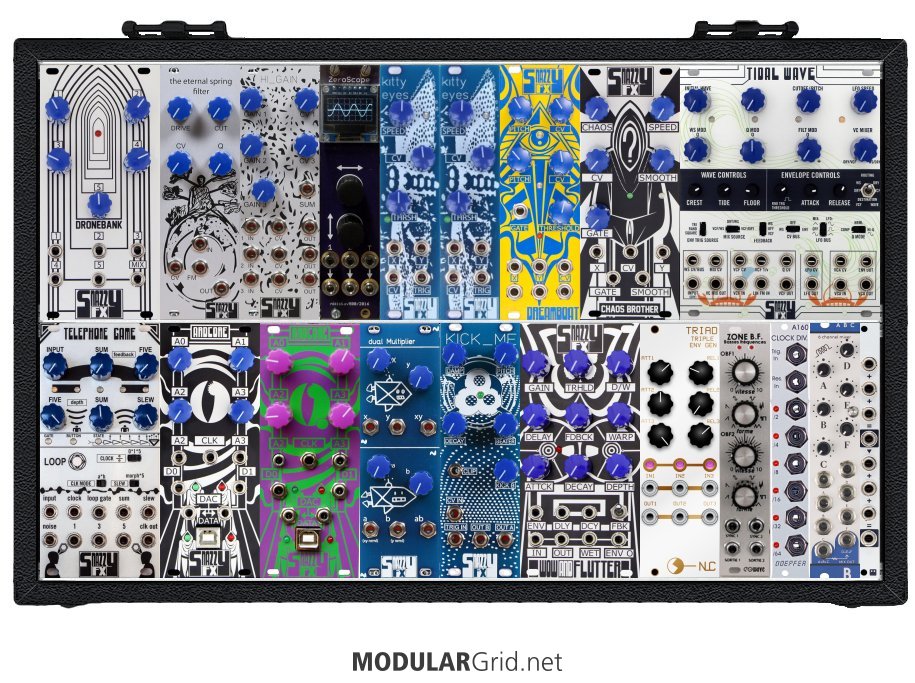Yeah. You'll need a small mixer and output. I like the NE Xerest Pola for compactness, mute switches, and headphone out, but there are a lot of good options. I love all the NE stuff!
You'll also want a trigger or gate sequencer to power those envelopes. NE has a lot of options for those, the Bin-seq is only 4HP wide as a gate sequencer. Probably you'll want a small sequencer too, maybe shop for one that has a built-in quantizer (O+C can do that, for example).
I happen to have a 220HP 7U case and I keep my DFAM inside the case... it's basically the center of my rack and I patch it to everything, so it didn't make sense to pull it away and have 10 cables of spaghetti between the DFAM and the rest of the rack. If I were you I would eye a slightly larger rack space with the thought that basically one row is already spent on your DFAM and Erebus. In larger racks power consumption is the biggest limitation, and the DFAM/Erebus don't draw as much power per HP as a lot of tiny digital modules, so it works out well actually.
-- cg_funk
Yea i have been using the doepfer vca as a mixer/output now. Its not ideal since it has a bit of noise, not too much tho and does the job temporarily for now. The diy mixer i posted seems like a solution for this.
I have plenty of trigger outs in BSP, currently only using one. Lil erebus also has gate out i can sync to. I have been looking at the audio damage sequencer, but that would likely mean trading dfam away.. But sequencing from mpc through BSP and sometimes just BSP works ok for now. I feel like modulation is more important currently. But then i have this feeling in the back of my head that there is something else missing as well, but i dont know what. And there are plenty of different modulation sources that im unaware of. I do know that im not after some very basic LFO, i have one on erebus, that can actually get pretty interesting when clocking it through the divider module :) but still, there are 4 sound sources and only one very basic LFO in the setup. Maybe something that can make both envelopes and complex LFOs would suit me.
I was eyeing on the doepfer complex envelope generator / LFO, but then realized that it might nit actually be straight up many envelopes and LFOs, but something i dont quite understand..
Oh and one thing i really would like from a modulator is the ability to do slooooow complex LFOs. Running slow LFO to Loquelic Iteritas cv inputs sounds sick, especially if there were more than just one of them..




